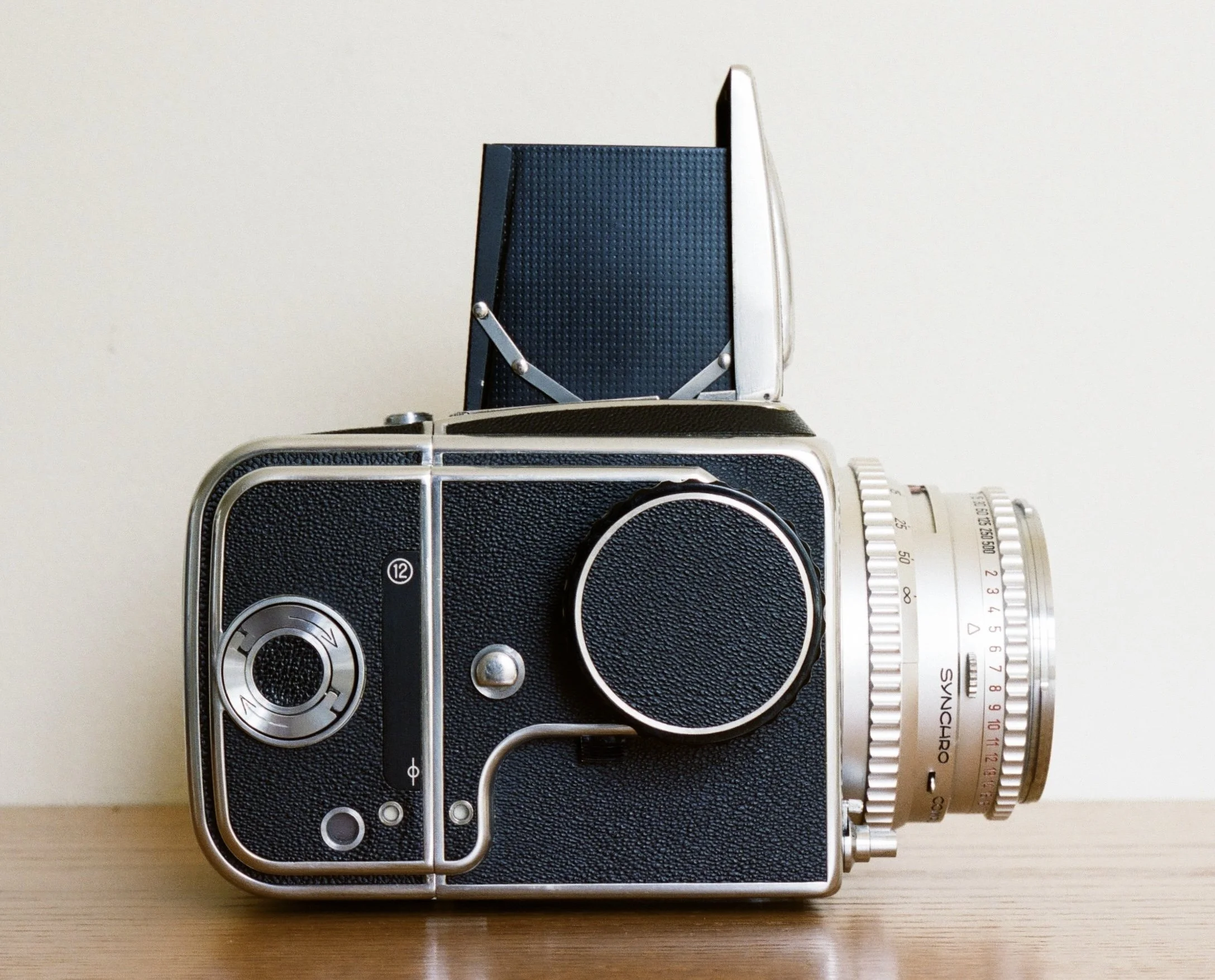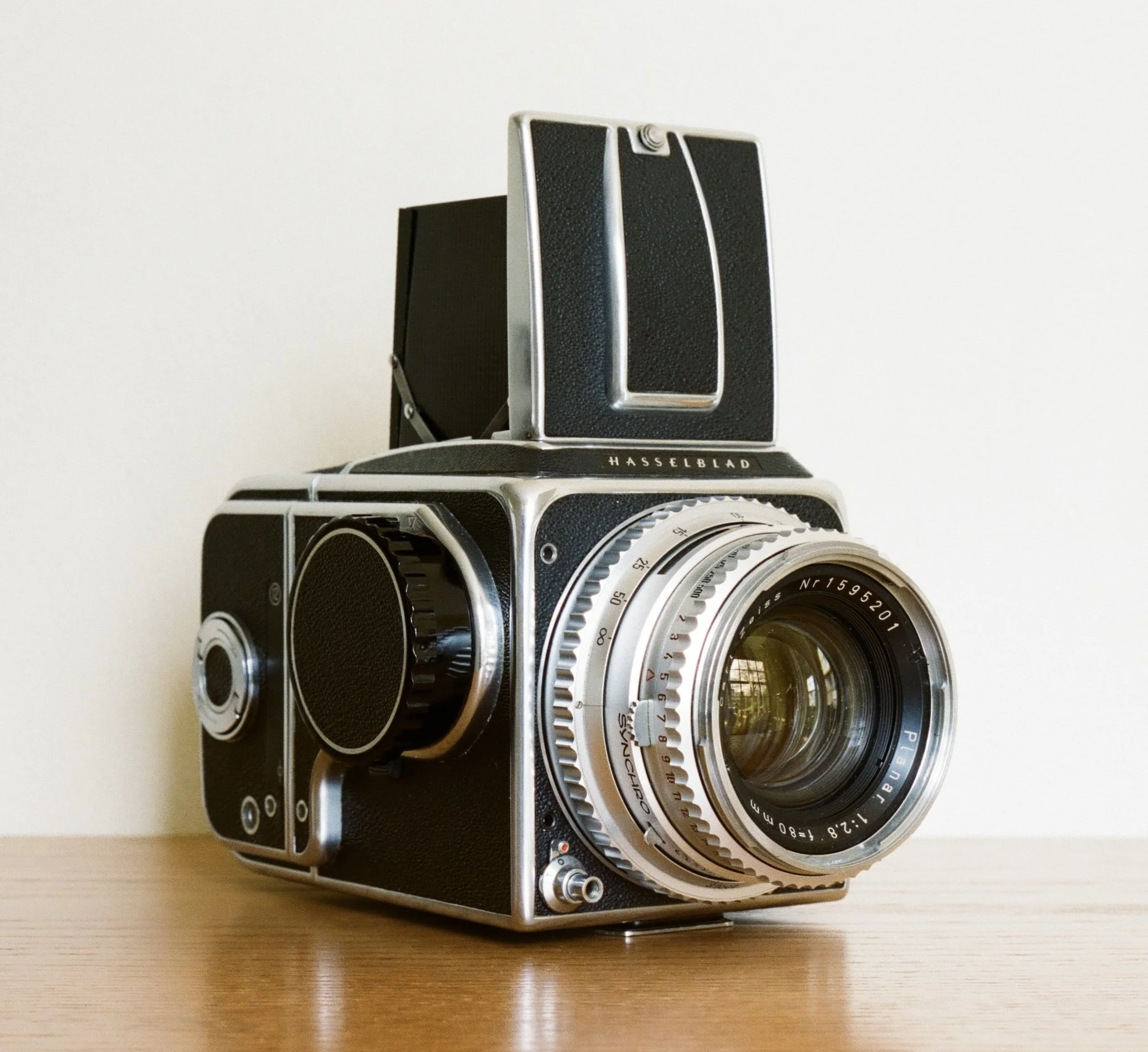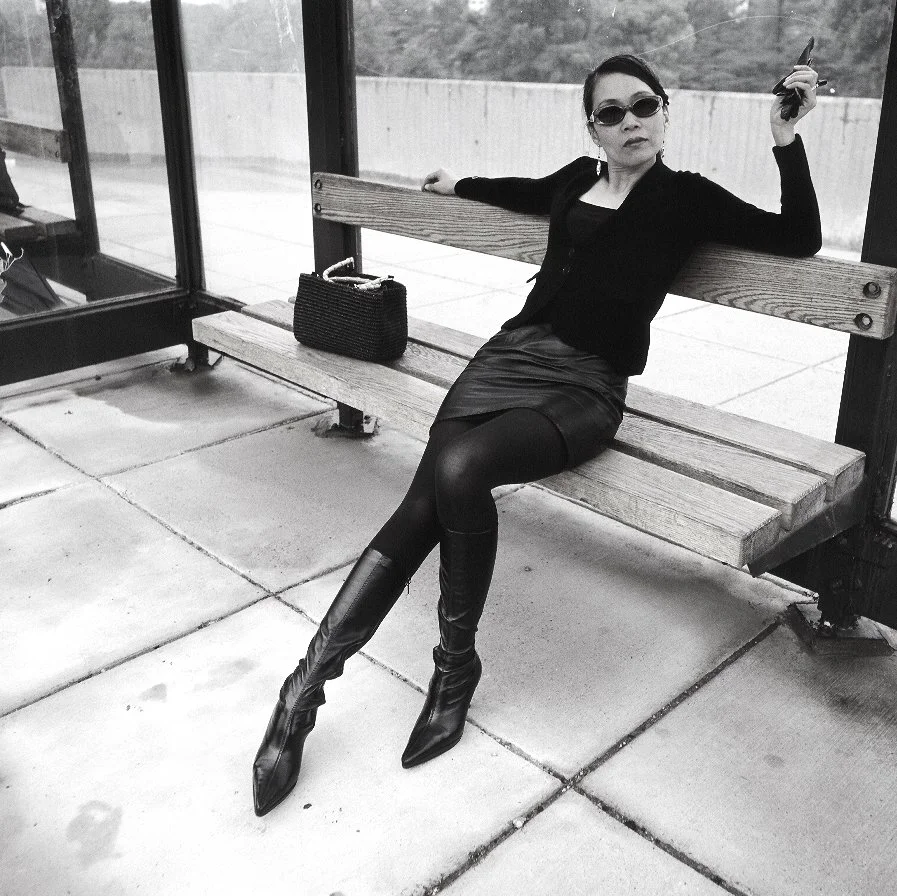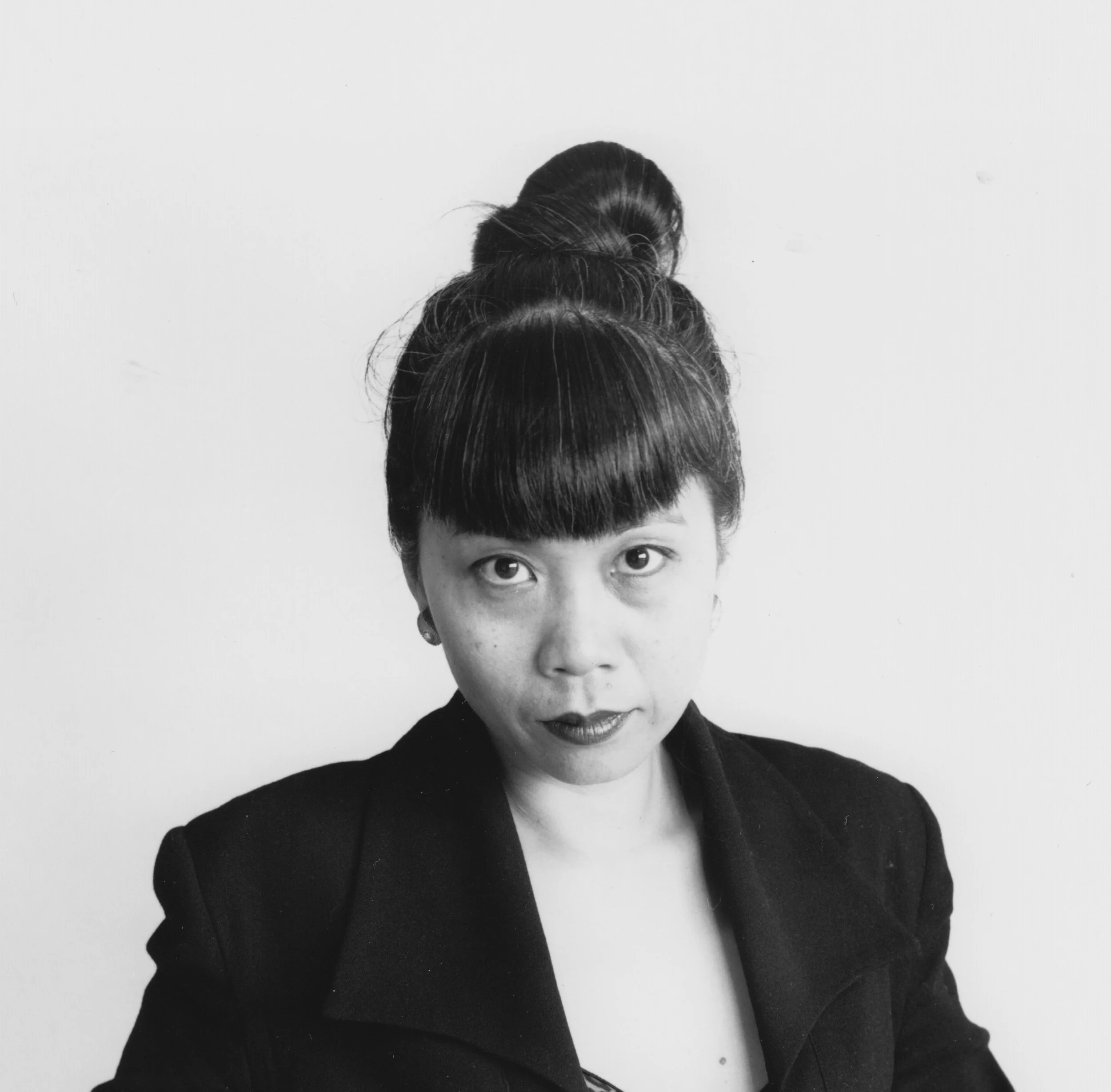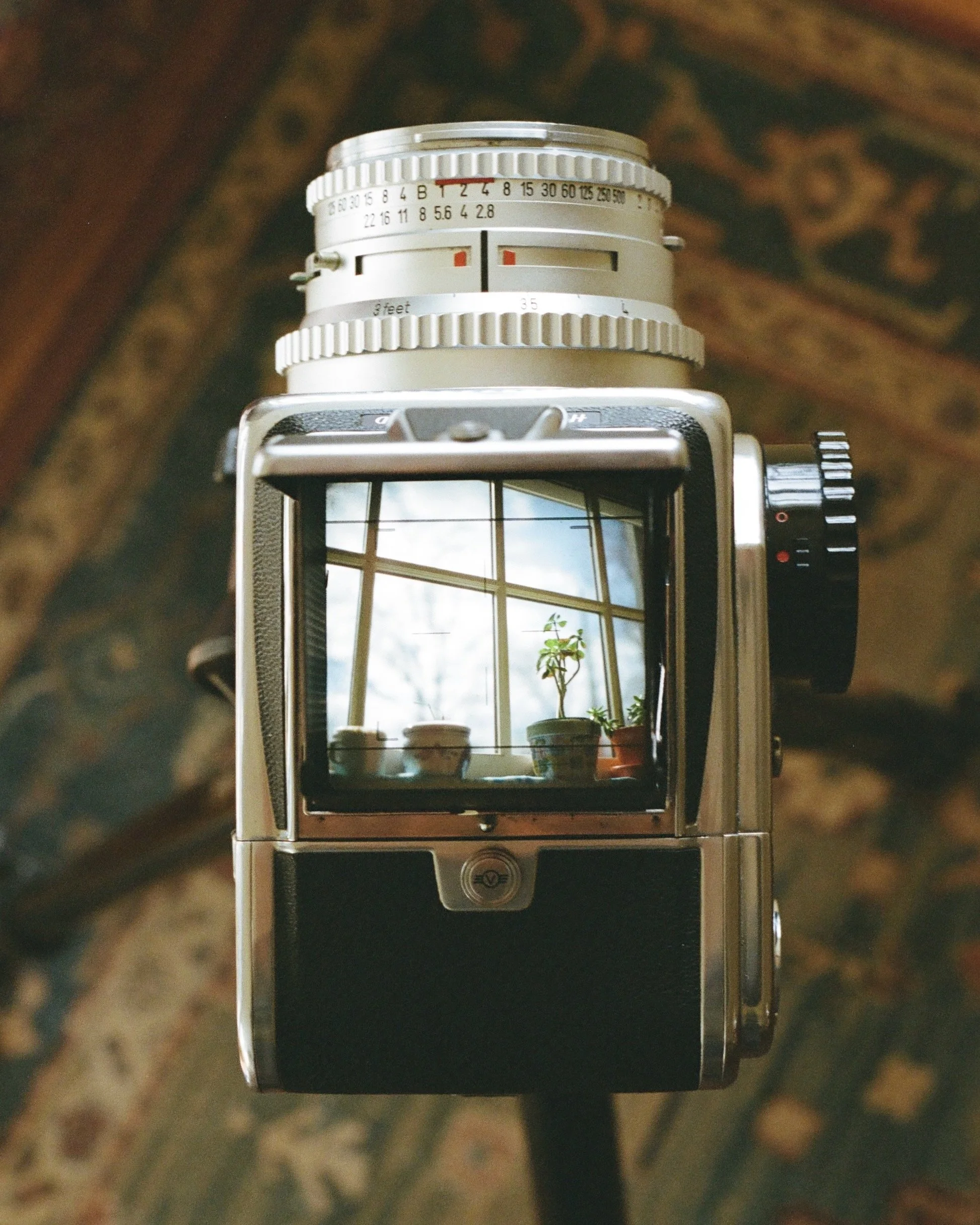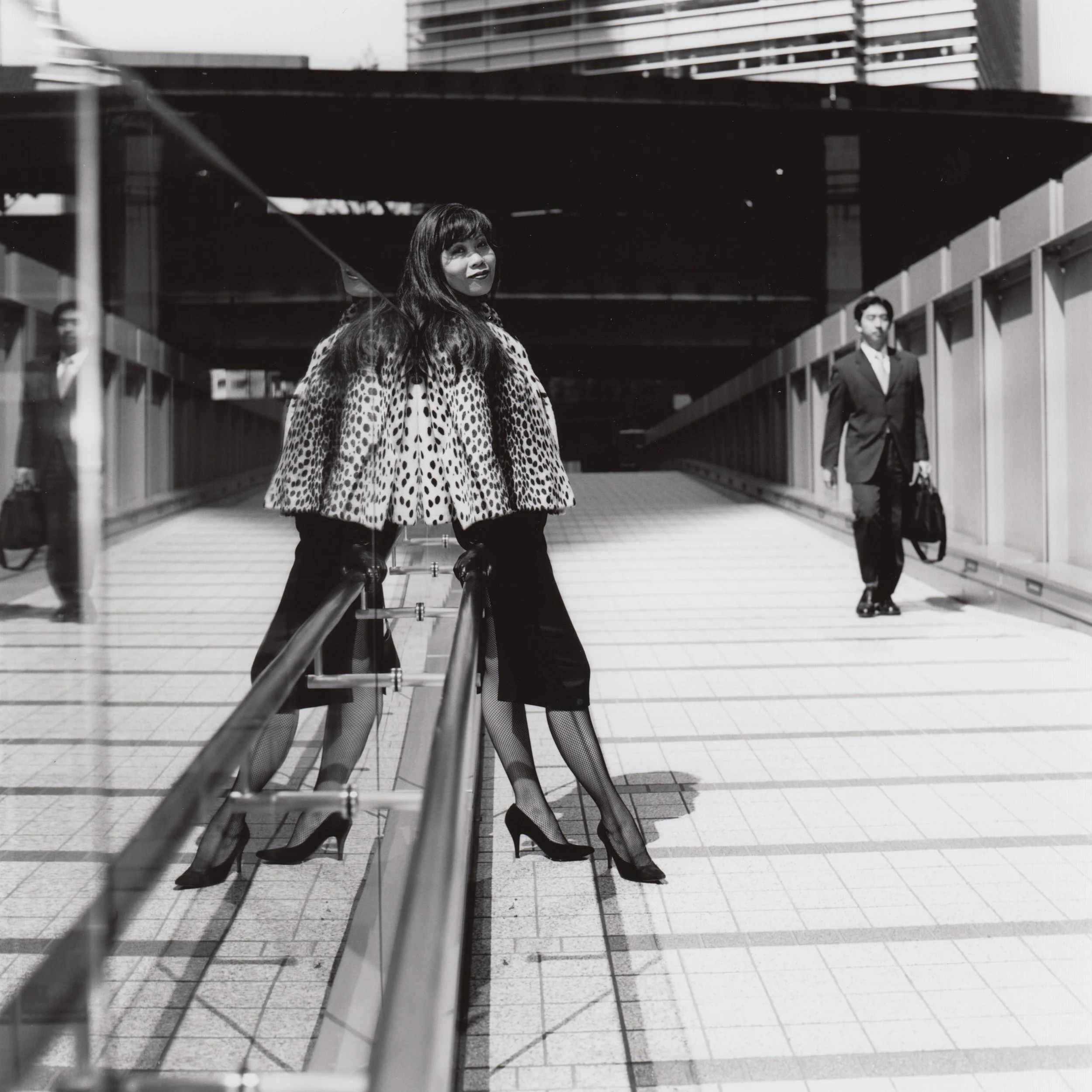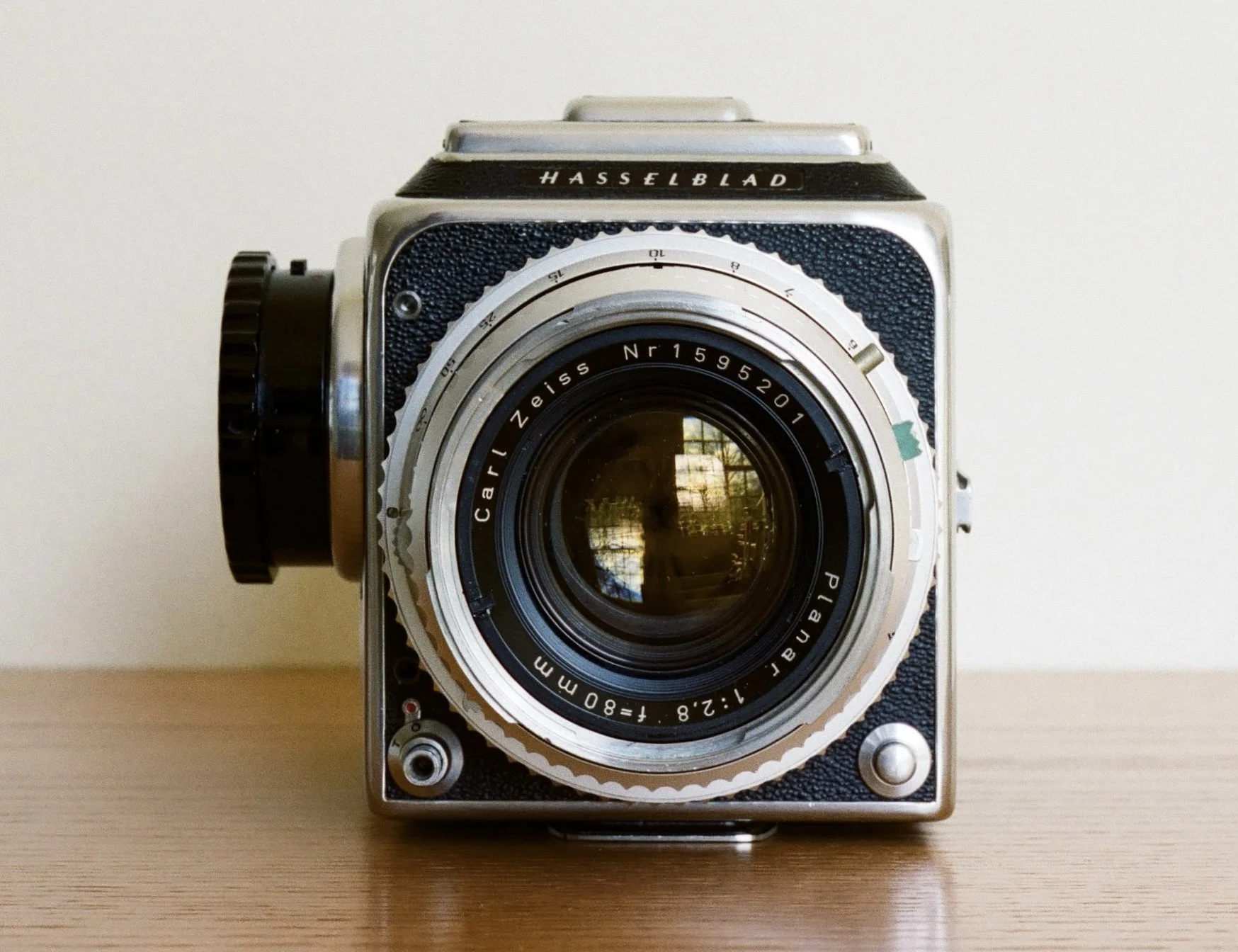Hasselblad 500C
The Porsche 911 of cameras.
Hasselblad 500C with 80mm f/2.8 Carl Zeiss Planar C lens. An early example, made in 1958. (Color photos were made with a Nikon F, 55mm f/3.5 Micro-Nikkor-P.C, and Portra 400.)
The Hasselblad and the Porsche 911
High performance.
High maintenance.
Object of desire.
Practical for daily use.
Subdued yet unmistakable look, recognizable at a glance, consistent over decades.
Sold a lot. Not hard to find.
The company name is the full name of the originator:
Victor Hasselblad AB
Dr.-Ing. h.c. F. Porsche AG.
Philadelphia Museum of Art. Hasselblad 500C, 80mm f/2.8 Planar C, Tri-X, 2024.
Hasselblad 500C with 80mm f/2.8 Carl Zeiss Planar C lens
Scandinavian design
The Hasselblad was designed and manufactured in Sweden except for the lenses and leaf shutters which are made in Germany.
The camera’s mechanisms are complex but its design is remarkably spare and elegant. Although it is modular and has a full range of attachments and accessories, it has far fewer knobs, levers, buttons, tabs, etc. than modular medium format cameras from Japan.
Example: The waist level finder. It slides on and off the body, and the film back holds it in place. No button, no latch — super clean.
Grosvenor station Washington metro Hasselblad 500C, 50mm f/4 Distagon T*, Tri-X, 2004.
Roppongi, Tokyo. Hasselblad 500C, 80mm f/2.8 Planar C, Verichrome Pan, mid 2000s.
Continuous improvement
The basic design of the Hasselblad 500-series never changed, but over the years there were incremental functional updates such as:
A brighter standard focus screen.
Interchangeable focus screens.
Waist level finders with a pinch-type folding mechanism.
Black instead of silver-finished lenses.
Winding cranks for the body and backs.
Backs with holders for the dark slide.
Metering.
Some additional minor tweaks.
I would welcome the first three modifications, but not the rest. Overall, my favorite is the original.
C2 Corvette Katie’s Cars and Coffee, Great Falls, Va. Hasselblad 500C, 80mm f/2.8 Planar C, Tri-X, 2025.
Evolution
1948: The original Hasselblad. A trailblazing design. The first medium format camera with the body, back, viewer, and lens as interchangeable modules. In 1952 the 1000F model kept the same overall design, with an improved shutter.
1957: The 500C is the first of what later became known as the 500 series. It replaced the 1000F’s focal plane shutter with a leaf shutter and established the long-running Hasselblad paradigm.
2013: End of Hasselblad 500 series production. A 56-year run.
(Dates for Hasselblad models are in Freytag 1972, Hunt, 2025, McKeown 1996, Nordin 1998, and the Hasselblad corporate website.)
Hasselblad 500C with 80mm f/2.8 Carl Zeiss Planar C lens
Roppongi, Tokyo. Hasselblad 500C, 80mm f/2.8 Planar C, Verichrome Pan, early 2000s.
Using the Hasselblad
Handling is excellent, and the Hasselblad is a robust camera; a medium format Nikon F equivalent. It excels at field use (Lu, 2024). Compared to a TLR, the camera angle is not as low.
The Hasselblad is noisy. So is the Bronica, my other medium format SLR. When making an exposure, the leaf shutter, rear auxiliary shutter, aperture, and mirror are all set into motion and the result is a loud and distinctive ‘crunch’. Enthusiasts appreciate this! But in some settings it is intrusive.
Hasselblad 500C with 80mm f/2.8 Carl Zeiss Planar C lens
Mazda MX-5 Miata ND1 (2016) Bethesda, Md. Hasselblad 500C, 80mm f/2.8 Planar C, Tri-X, 2024.
Maintenance and repair
This camera has had maintenance.
A few years ago, the light seals on the back wore out. This is a known age-related issue, and it prompted a general overhaul that included the body and lens as well. Steve’s Camera Service Center in Culver City, Calif. did excellent work on this. https://www.stevecamera.com
Recently (2025), and despite 2+ decades of experience with this camera, and on an overseas trip, I managed to jam my Hasselblad while loading film. The camera was out of commission until I returned home where my local shop, Pro Photo in Washington, D.C., un-jammed it. https://www.prophotodc.com
Roppongi, Tokyo. Hasselblad 500C, 80mm f/2.8 Planar C, Verichrome Pan, early 2000s.
References / further reading
Camera manual: orphancameras.com
More references:
Afridi, S. 2025. Why a Porsche 911 is the answer to most of your problems: A deeply impractical guide to life improvement from someone who doesn’t even own one. Amazon KDP.
DeMuro, Doug. ‘Why the best Porsche 911 is…’ Among Doug DeMuro’s Porsche 911 reviews, this is my favorite. https://www.youtube.com/watch?v=Rr2dzAZEhk4 accessed Aug. 15, 2025.
Emanuel, W.D. 1969. Hasselblad Guide, 3rd ed. London: Focal Press. Reprinted 1988 by A Photographers Place, New York.
Freytag, H. 1972. The Hasselblad Way, 4th ed. London: Focal Press.
p. 13 has a chart, ‘The Hasselblad Evolution’ giving the dates and essential features of each model from the 1600F to the 500C/M. The date for the 500C/M is 1971 but other sources including the Hasselblad website quote 1970.
Hasselblad 500 Series. The company’s historical information: https://www.hasselblad.com/about/history/500-series/ accessed Aug. 15, 2025.
Hunt, B. 2024. Film Camera Zen: A Guide to Finding the Perfect Film Camera. Los Angeles: Chronicle Chroma. A Hasselblad is on the cover, and it’s written up on pp. 52-57.
Karlsten, E. (text), V. Hasselblad, P. Halsman, L. Nilsson, et al. (photos). 1981. Hasselblad. Stockholm: Gullers International.
Victor Hasselblad is described as a visionary who had the ability to ‘attract talented employees and to inspire them to share his own enthusiasm’ (pp. 22, 35).
Leffingwell, R. Porsche 911: 50 Years. Beverly, MA: Motorbooks.
Lu, Sissi. 2024. Don’t Fall ! |Taking My Camera to Ski with Me. https://www.youtube.com/watch?v=Rt8CX2oklls&t=13s accessed Aug. 15, 2025.
Don’t miss the first 40 seconds — Hasselblad film loading in the field.
McKeown, J.M. and J.C. 1996. McKeown’s Price Guide to Antique and Classic Cameras, 1997-1998. Grantsburg, Wis.: Centennial Photo.
Nordin, R. 1998. Hasselblad System Compendium. West Sussex, England: Hove Books. This is a very detailed, well-researched source.
Porschardt, U. 2017. Porsche 911: The Ultimate Sportscar as Cultural Icon. Berlin: Die Gestalten Verlag. An elaboration of the Porsche 911 mystique.
Pritchard, Michael. 2014. A History of Photography in 50 Cameras. Buffalo, N.Y.: Firefly Books. The Hasselblad is camera no. 31.
Roppongi, Tokyo Hasselblad 500C, 80mm f/2.8 Planar C, Plus-X, early 2000s.
